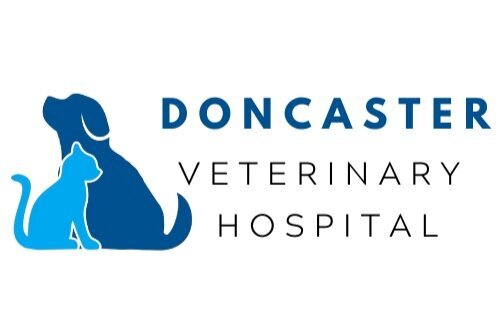What is parvovirus?
Parvovirus is a highly contagious disease that affects dogs worldwide. It attacks dogs’ gastrointestinal systems and can be fatal, so knowing parvovirus symptoms and treatment options is crucial to keeping your furry friend happy and healthy.
What is parvovirus?
Parvovirus in dogs, also known as canine parvovirus (CPV), is a viral infection that varies in severity. It primarily affects unvaccinated dogs and puppies between six weeks and six months of age, but it can also impact adult dogs with weakened immune systems. The virus spreads rapidly through direct contact with infected animals or contaminated environments, including infected dogs’ feces.
Parvovirus attacks dogs’ bodies by targeting rapidly dividing cells, particularly those in the gastrointestinal lining and bone marrow. The virus enters the body through ingestion and quickly replicates, causing destruction of the intestinal cells.
Parvovirus also weakens the immune system, making affected dogs more susceptible to secondary infections. The virus suppresses the production of white blood cells, compromising the body's ability to fight off other pathogens and increasing the risk of complications.
What are the symptoms of parvovirus?
The symptoms of parvovirus in dogs typically include severe vomiting, lethargy, loss of appetite, dehydration and diarrhea, which is often bloody. Affected dogs may also exhibit abdominal pain, fever and weight loss.
Keep an ear out for repeated heaving, retching or coughing sounds and an eye out for any undigested food, bile or foam that your dog may have thrown up. Diarrhea in dogs can be identified by loose or watery stools that occur more frequently than usual, while lack of energy and reduced interest in activities are indicators of lethargy.
Look for changes in your dog’s eating behaviour, such as leaving food untouched, sniffing or licking food without consuming it or exhibiting disinterest in treats or meals your dog would normally enjoy. Your dog may be dehydrated if it shows symptoms like dry or sticky gums, sunken eyes, loss of skin elasticity, excessive panting or decreased urine production.
Signs of abdominal pain include:
Restlessness
Pacing
Reluctance to lie down or move
Hunched posture
Sensitivity when touched in the abdominal area
Whimpering
Decreased appetite
Recognising the symptoms early and seeking immediate veterinary care is crucial.
What is the treatment for Parvovirus?
Treatment options for dogs with parvovirus aim to address the symptoms, prevent complications, and support the dog's immune system. In severe cases, hospitalisation is often necessary to provide intensive care.
One crucial aspect of treatment is fluid therapy, which involves providing your dog with fluids through its veins to combat dehydration and electrolyte imbalances. Medications such as antiemetics can help control vomiting, while antibiotics may be prescribed to prevent secondary bacterial infections.
So, can humans get parvovirus from dogs? Thankfully, humans cannot contract parvovirus from dogs because canine parvovirus is specific to dogs. However, to prevent the spread of the virus to other animals, the first step to treating a dog with parvovirus is to place it in quarantine. Close monitoring of vital signs, fluid intake, and symptoms is crucial throughout the treatment process.
Follow-up care involves regular veterinary check-ups. During these check-ups, your vet will check your dog's recovery progress, adjust the treatment plan as needed and provide any necessary supportive care. This ensures that your dog is receiving the personalised care he or she deserves.
How do you prevent Parvovirus?
Pet owners can adopt several prevention strategies to protect their dogs from parvovirus. The most crucial step is ensuring regular vaccinations, as vaccines provide significant immunity against the virus. Consult with your veterinarian to determine the most effective vaccination protocol for your dog's age and health status. It is best to limit your dog’s exposure to public areas until it is fully vaccinated.
Maintaining good hygiene and sanitation practices is crucial in preventing parvovirus in dogs. Clean and disinfect living areas, bedding, and toys regularly, using appropriate pet-safe products. Properly dispose of your dog’s feces and wash your hands after handling other dogs.
Additionally, avoid exposing your dog to unknown or infected dogs, especially in high-risk areas like dog parks or kennels. Regular veterinary check-ups and preventive measures go a long way in safeguarding your dog against parvovirus.
Protect your dog against parvovirus
It is crucial to be vigilant about your dog's health and well-being. If you suspect your dog may have parvovirus based on symptoms like diarrhoea, vomiting or loss of appetite, don't hesitate to seek immediate veterinary care.
Early intervention can significantly increase the chances of successful treatment and recovery. Your vet will ensure your dog is quarantined and monitored, using treatments such as fluid therapy and medication to put your furry friend on the mend.
With timely treatment and proper care, dogs diagnosed with parvovirus can recover and go on to lead happy, healthy lives.
If you suspect your dog has parvovirus, or want to get your dog vaccinated, book an appointment today.


